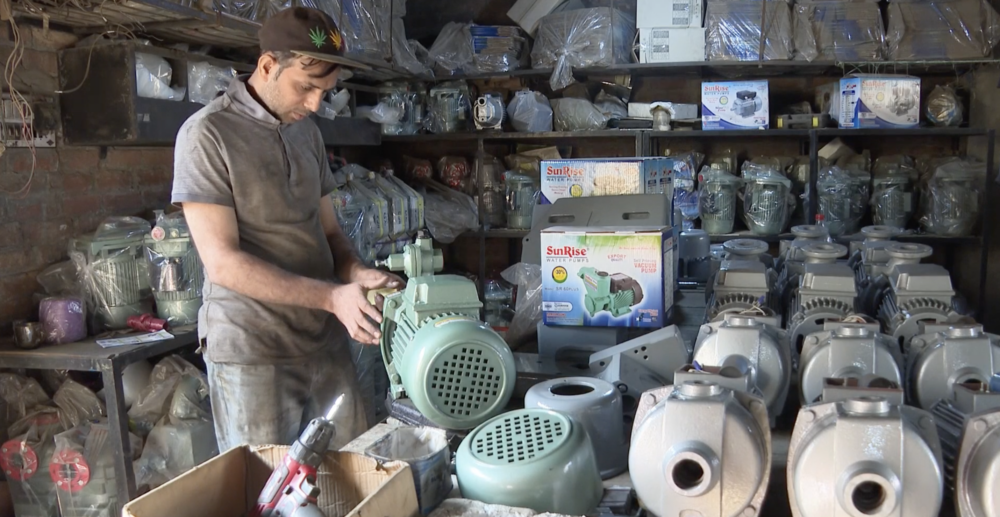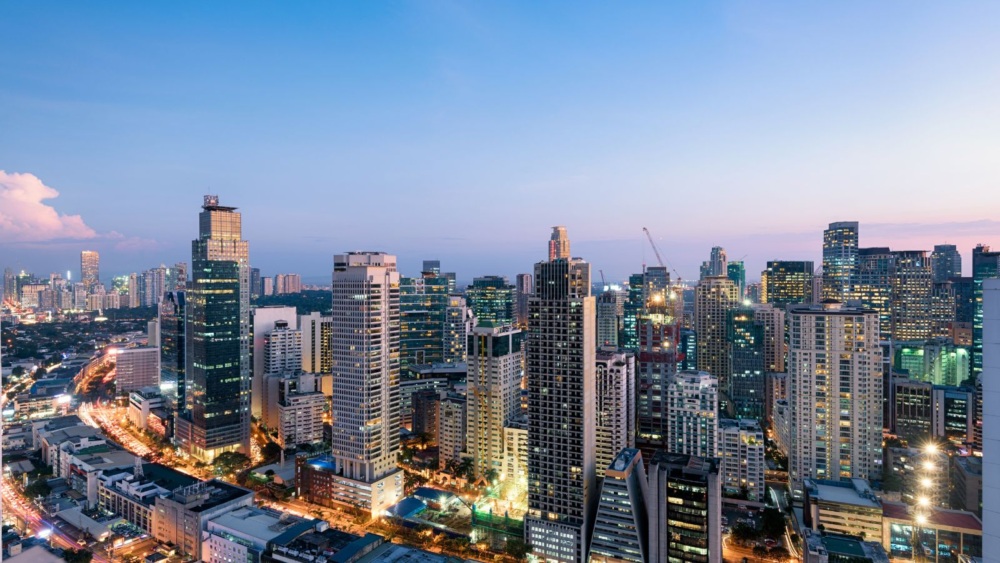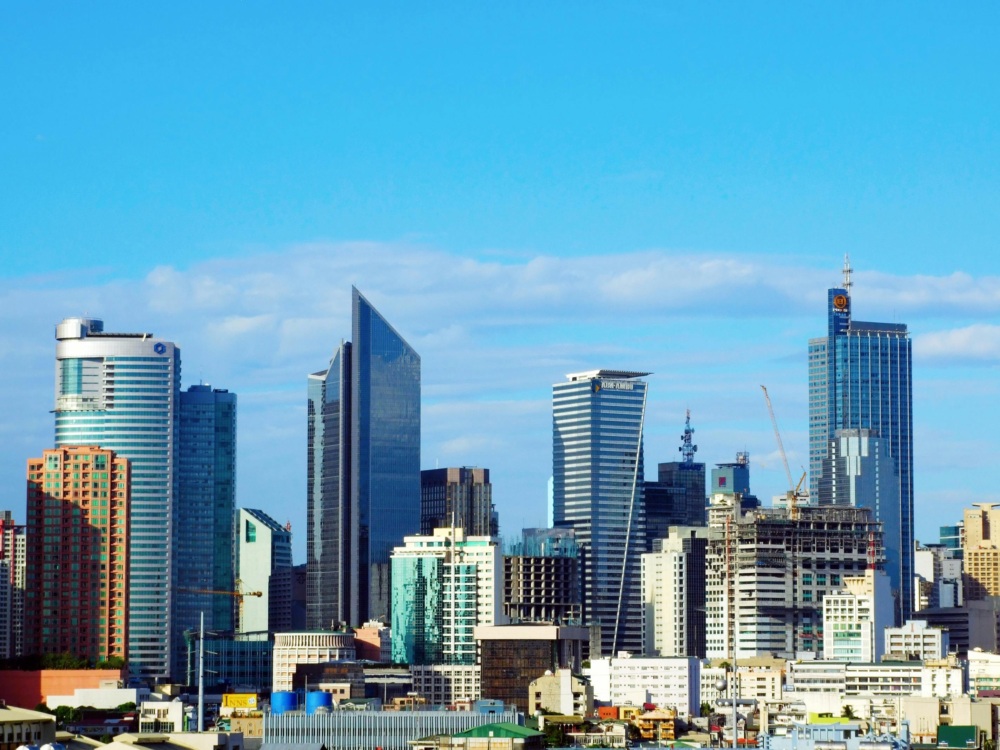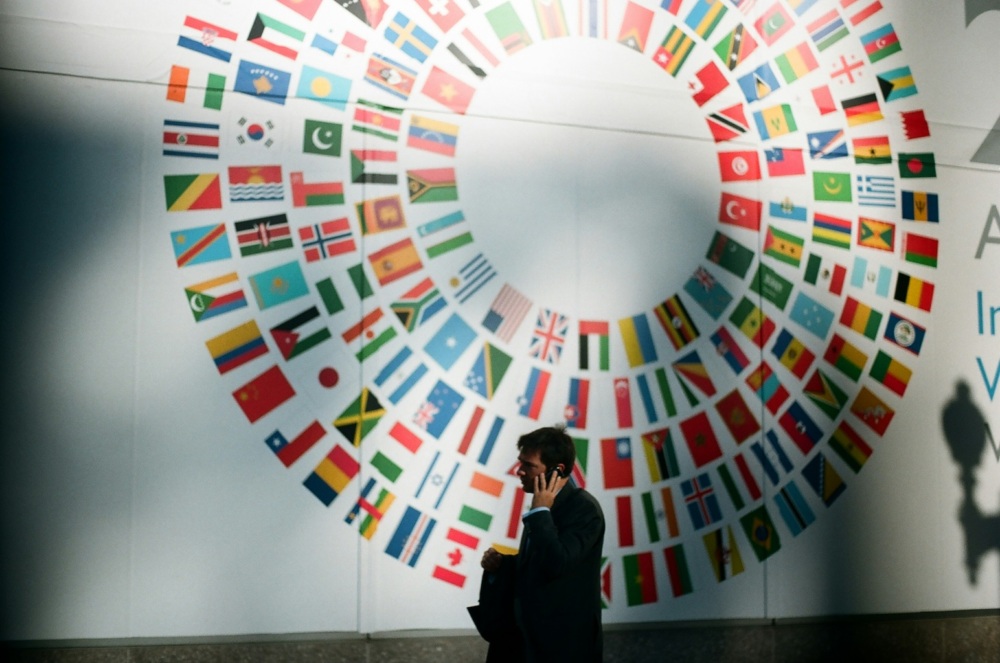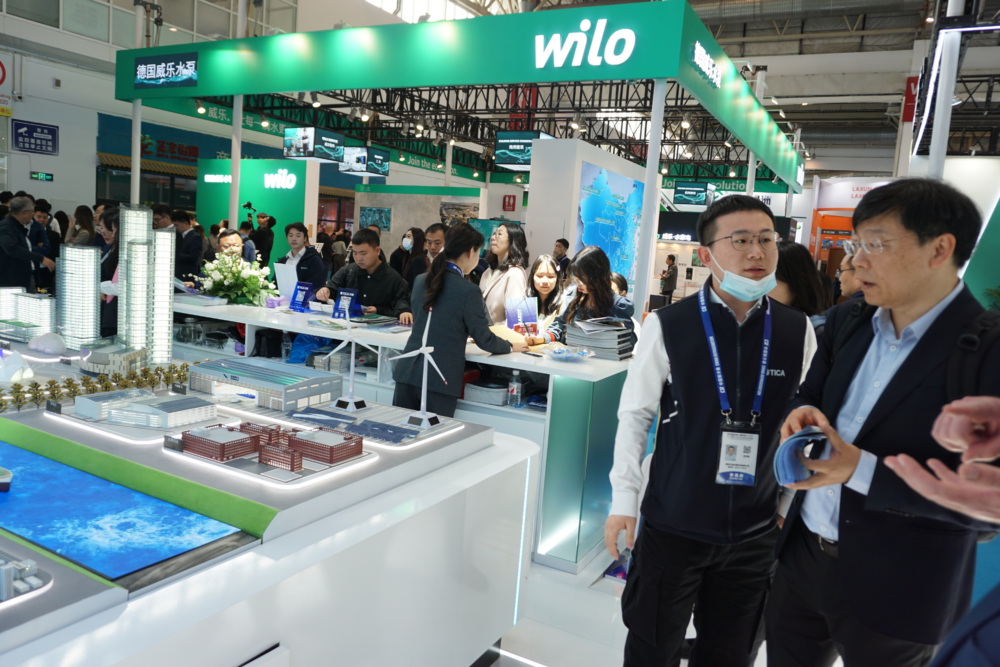CLASP Supports Development of South African Efficiency Policies to Mitigate the Electricity Crisis
To increase efficiency and accelerate the adoption of high-quality lighting products, CLASP is supporting the Department of Mineral Resources and Energy (DMRE) and the South African National Development Institute (SANEDI) in developing minimum energy performance standards (MEPS) for streetlights in a bid to reduce the pressure on the national grid.
South Africa is currently facing a severe electricity shortage and experts warn that intermittent power cuts could go on for at least another five years. Inefficient, poor-quality lighting products result in higher energy consumption and costs for households, businesses and national governments. To increase efficiency and accelerate the adoption of high-quality lighting products, CLASP is supporting the Department of Mineral Resources and Energy (DMRE) and the South African National Energy Development Institute (SANEDI) in developing minimum energy performance standards (MEPS) for streetlights in a bid to reduce the pressure on the national grid.
Implementing MEPS in South Africa will accelerate market transition to climate-friendly, cost-effective products and prevent the country from becoming dumping grounds for inefficient lights that do not comply with efficiency policies elsewhere.
Improving Efficiency and Quality of Streetlights
Approximately one-third of municipal electricity consumption in South Africa is attributed to street lighting installations. By implementing MEPS, the country will transition to less energy-intensive ighting technologies with longer life spans, and lower operating and maintenance costs. The new standards are expected to reduce electricity consumption for street lighting by 40-70 percent.
“Expanding appliance efficiency policies to street lighting demonstrates South Africa’s commitment to transitioning to clean, energy-efficient lighting. This move will stimulate local market growth and provide South Africans with an improved, safer lighting experience.” James Wakaba, CLASP’s East Africa Director.
Major advances in light-emitting diode (LED) technology allow LED luminaires to provide a cost-effective, safe alternative to the High Intensity Discharge (HID) lamps and fluorescents currently used in South African streetlights. Implementing MEPS will also provide an opportunity for local LED lighting companies to expand business operations and employ local staff to supply the national market and export to neighbouring countries.
“Municipalities are becoming familiar with LED streetlights, and the value proposition they offer including longer life, lower running costs, better light quality and so much more. We are working with the government to improve street lighting standards and accelerate the transition to good quality LED streetlights for cities and towns”, said Ashanti Mogosetsi, Standards and Labelling Programme Manager at SANEDI.
Efforts join larger LED transition campaign
CLASP’s work with DMRE and SANEDI follows another proposed mandatory specification for General Service Lamps that would automatically transition South Africa to LED lighting by phasing out mercury containing compact fluorescent lamps (CFLs). These MEPS also align with regional efforts to accelerate the transition to clean, mercury-free LED lighting products and Africa’s effort to phase out fluorescent lighting under the Minamata Convention.
In May 2021, the Africa region parties to the Minatama Convention proposed an Amendment that would phase out fluorescents in the next four years and transition the lighting market to clean, energy efficient light bulbs. CLASP is coordinating the Clean Lighting Coalition, a global partnership working to eliminate mercury-based lighting under the convention.
Learn more about the Clean Lighting Coalition’s mission to end toxic lighting for the health of people and the planet.
Versions of this article has been published by:
- Engineering News: Efficiency policies to mitigate the electricity crisis in South Africa, says SANEDI
- Energize: Efficiency policies mitigate the electricity crisis in South Africa
Further Reading:
- Ending Toxic Lighting Together- CLASP Coordinates the Clean Lighting Coalition
- Quantifying Lighting Benefits under the RoHS Directive: Calculating the Cost of Lost Time
- Mapping the Lighting Market in Tanzania and Zanzibar
- Report Shows Market Readiness to Eliminate Mercury-Based Lighting
- Phasing Out Mercury-Based Lighting Offers Environmental and Consumer Benefits, Report Finds

